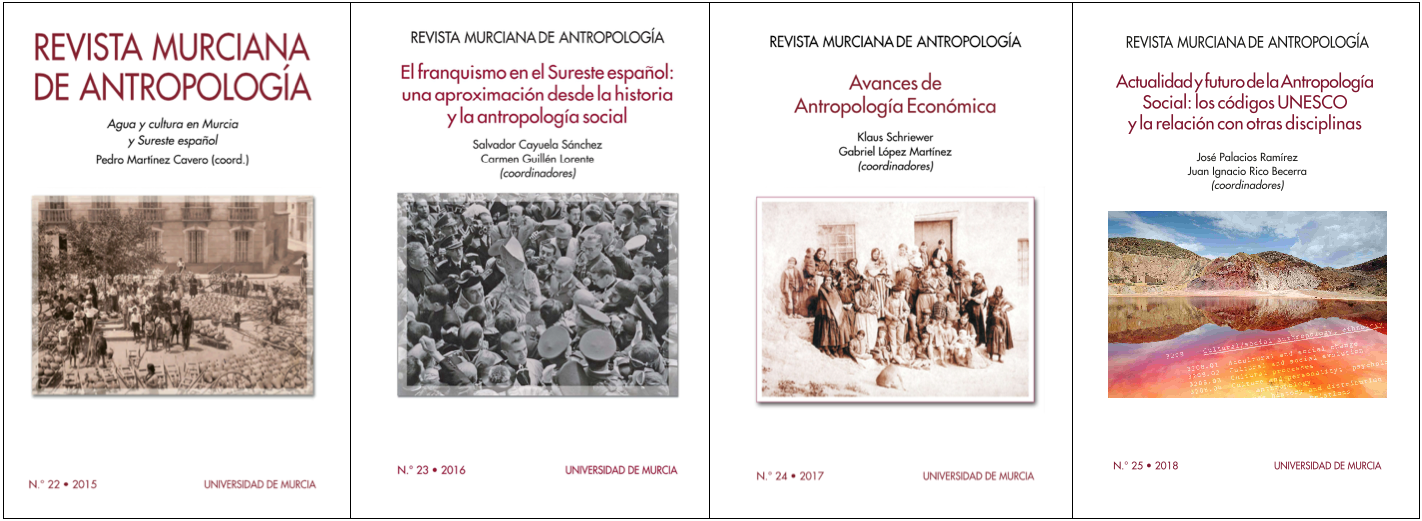Sistemas tradicionales de extracción de agua en la pedanía de Galifa
Abstract
At the west of the town of Cartagena, in the land of Galifa lies a small river basin along which the Rambla del Portús fl ows, giving rise to a wealth of hydric resources in the subsoil which have been traditionally exploited via elevating elements such as water wheels and wells. There are still abundant material testimonies thereof, and many of their aquifers are in good conditions. The animal-driven wheels (aceñas) consist of simple gears that make the wheel spin over the well, displacing long wicker ropes to which the arcaduces are attached, forming a traditional rosary wheel. Once extracted, the water is stored in a thickwalled pond, from which it is distributed to irrigate the lands of a single owner. The wells, protected by a brim, are communal and devoted to the water supply for the housework (drinking, washing, personal cleanliness,…) and for the cattle. Some of these activities are performed in the very surroundings of the well, as evidenced by the wash- and drink-basins adjacent to it.Downloads
Las obras que se publican en esta revista están sujetas a los siguientes términos:
1. El Servicio de Publicaciones de la Universidad de Murcia (la editorial) conserva los derechos patrimoniales (copyright) de las obras publicadas, y favorece y permite la reutilización de las mismas bajo la licencia de uso indicada en el punto 2.
2. Las obras se publican en la edición electrónica de la revista bajo una licencia Creative Commons Reconocimiento-CompartirIgual 4.0 Internacional. Se pueden copiar, usar, difundir, transmitir y exponer públicamente, siempre que: i) se cite la autoría y la fuente original de su publicación (revista, editorial y URL de la obra); ii) se mencione la existencia y especificaciones de esta licencia de uso.
3. Condiciones de auto-archivo. Se permite y se anima a los autores a difundir electrónicamente las versiones pre-print (versión antes de ser evaluada) y/o post-print (versión evaluada y aceptada para su publicación) de sus obras antes de su publicación, ya que favorece su circulación y difusión más temprana y con ello un posible aumento en su citación y alcance entre la comunidad académica. Color RoMEO: verde.














